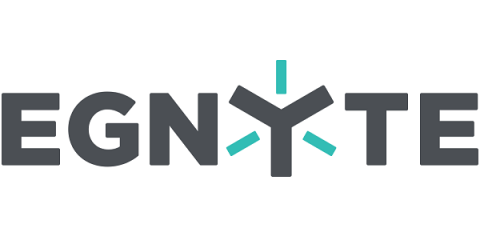Password Stealers Aren't Letting up Any Time Soon
Password security has always been a challenge. Brute force attacks are constantly getting more powerful, but they aren’t the only threat you have to worry about. A range of password stealing malware continues to grow in popularity. One example, Agent Tesla, has seen its detection rate grow 100% in just three months, according to data from LastLine. Despite this rapid growth, Agent Tesla is far from the most popular.







